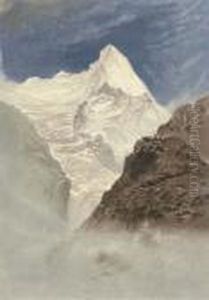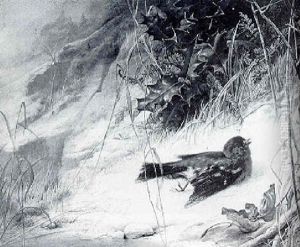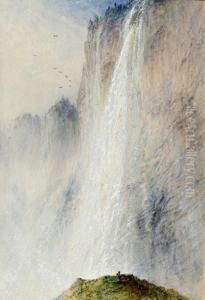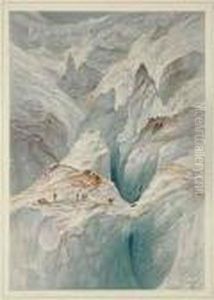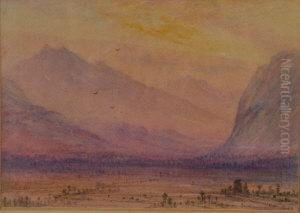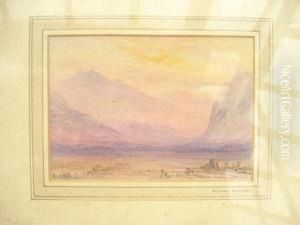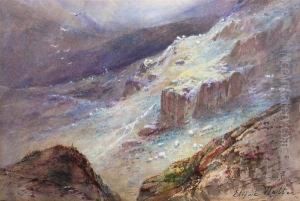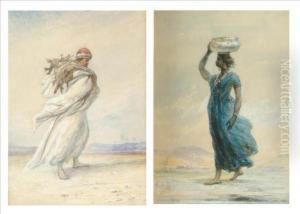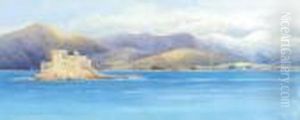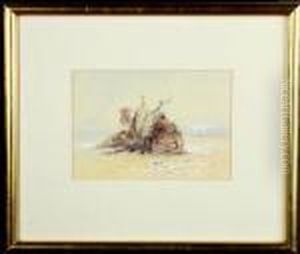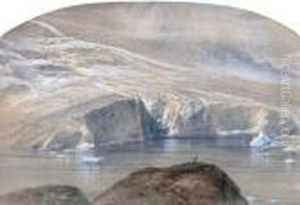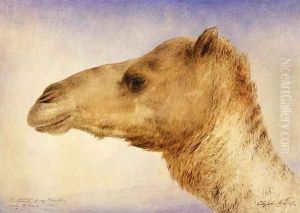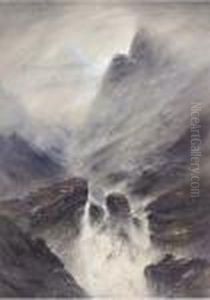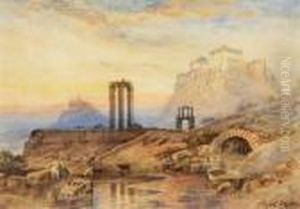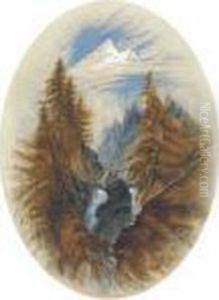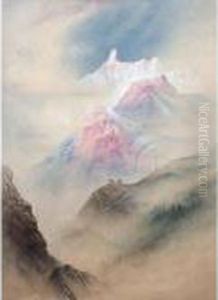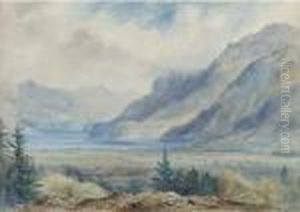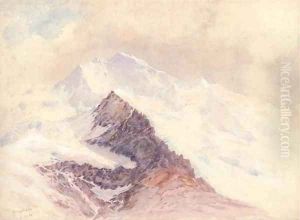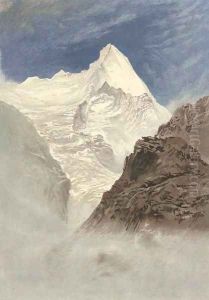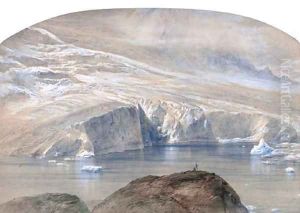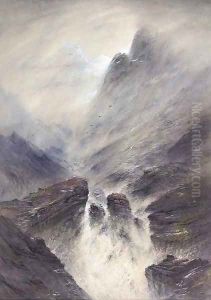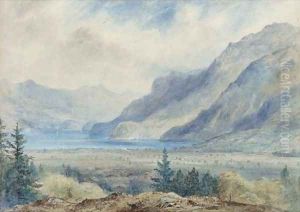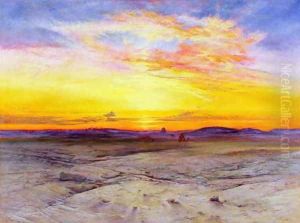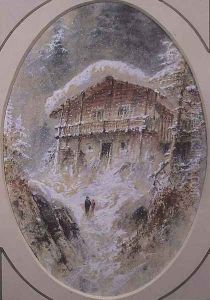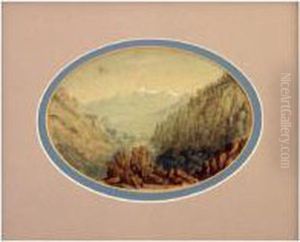Elijah Walton Paintings
Elijah Walton was an English landscape painter, watercolorist, and illustrator, born in 1832. His work is most notably associated with the Romantic movement, and he is recognized for his detailed depictions of mountainous landscapes, particularly the Swiss Alps and the Scottish Highlands.
Walton received his artistic training at the Birmingham School of Design and later at the Royal Academy Schools in London. His education at these institutions instilled in him a strong foundation in the techniques and principles of fine art, which he would carry throughout his career.
Throughout the 1850s and 1860s, Walton traveled extensively across Europe, especially Switzerland, where he found inspiration in the majestic Alpine scenery. These experiences deeply influenced his artistic style and subject matter. He meticulously captured the grandeur and natural beauty of these environments, which resonated with the Victorian era's fascination with the sublime and the picturesque.
In 1868, Walton published a notable work titled 'Peaks and Valleys of the Alps.' This book featured a series of chromolithographs based on his watercolors, and it was well-received for both its artistic merit and its scientific accuracy in depicting the alpine geography. The publication established Walton as a leading artist in the field of mountain landscapes and contributed to the burgeoning interest in mountaineering and alpine exploration during the latter half of the 19th century.
Walton's illustrations also appeared in various periodicals and books of the time, further cementing his reputation as a skilled landscape artist. Despite his success, Elijah Walton remained dedicated to his craft and continued to produce works that celebrated the raw beauty of nature.
Sadly, Walton's life was cut short when he died in 1880. His legacy, however, endures through his paintings and illustrations, which continue to be appreciated by art historians and enthusiasts alike for their contribution to the romantic landscape genre and their reflection of Victorian sensibilities towards nature.
